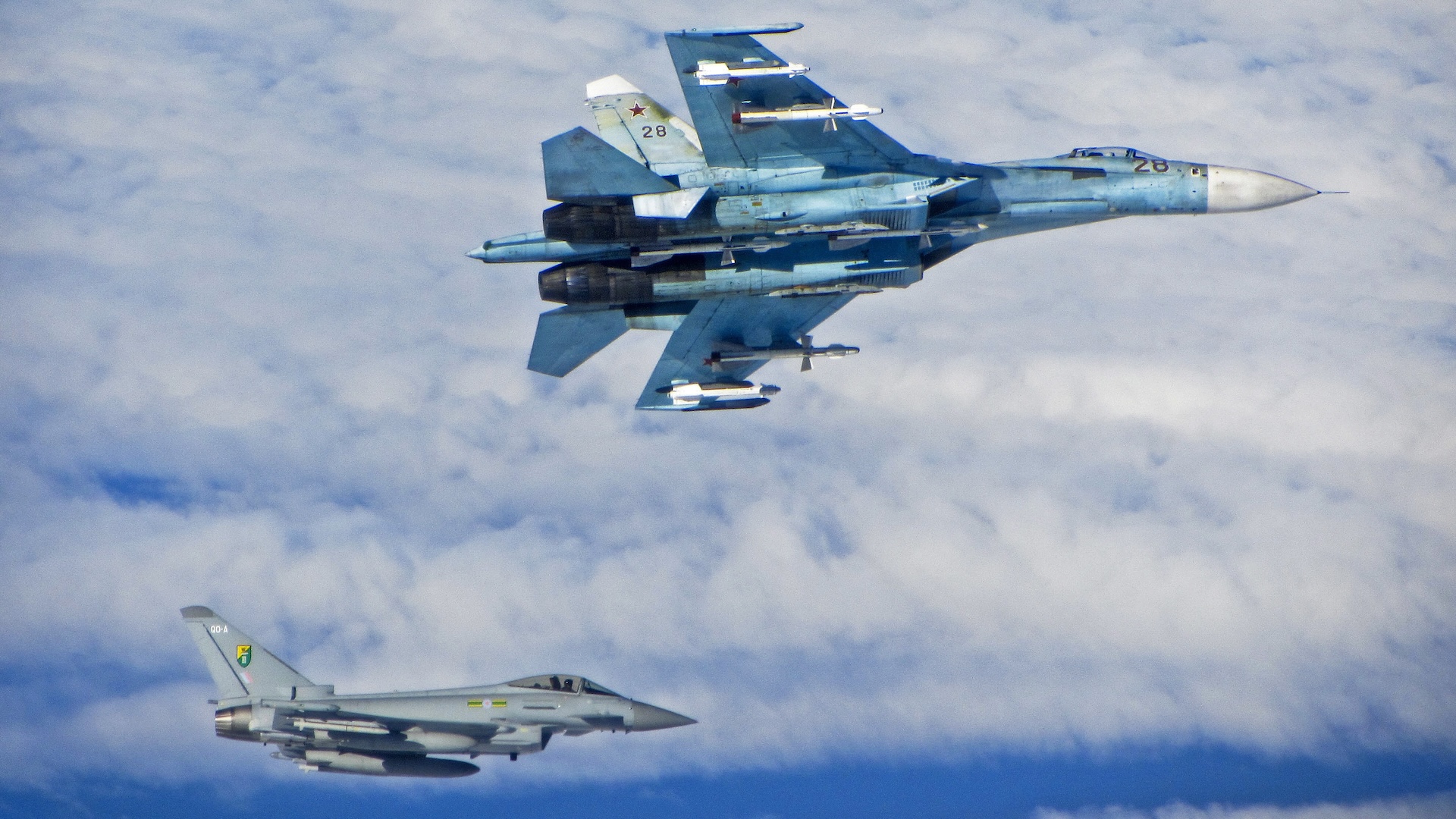The United Kingdom is reportedly prepared to send Typhoon fighters to support a future air policing mission over Ukraine. The apparent proposal comes only a day after the leaders of several European nations met to discuss whether to send troops to help bolster any deal to end the Ukraine war, something you can read more about here.
The Times of London today cited a “senior government source” as saying that an “air policing” mission for Ukraine would make sense, although also warning that it would need significant numbers of aircraft, as well as ground-based air defense systems to protect the jets on the ground.
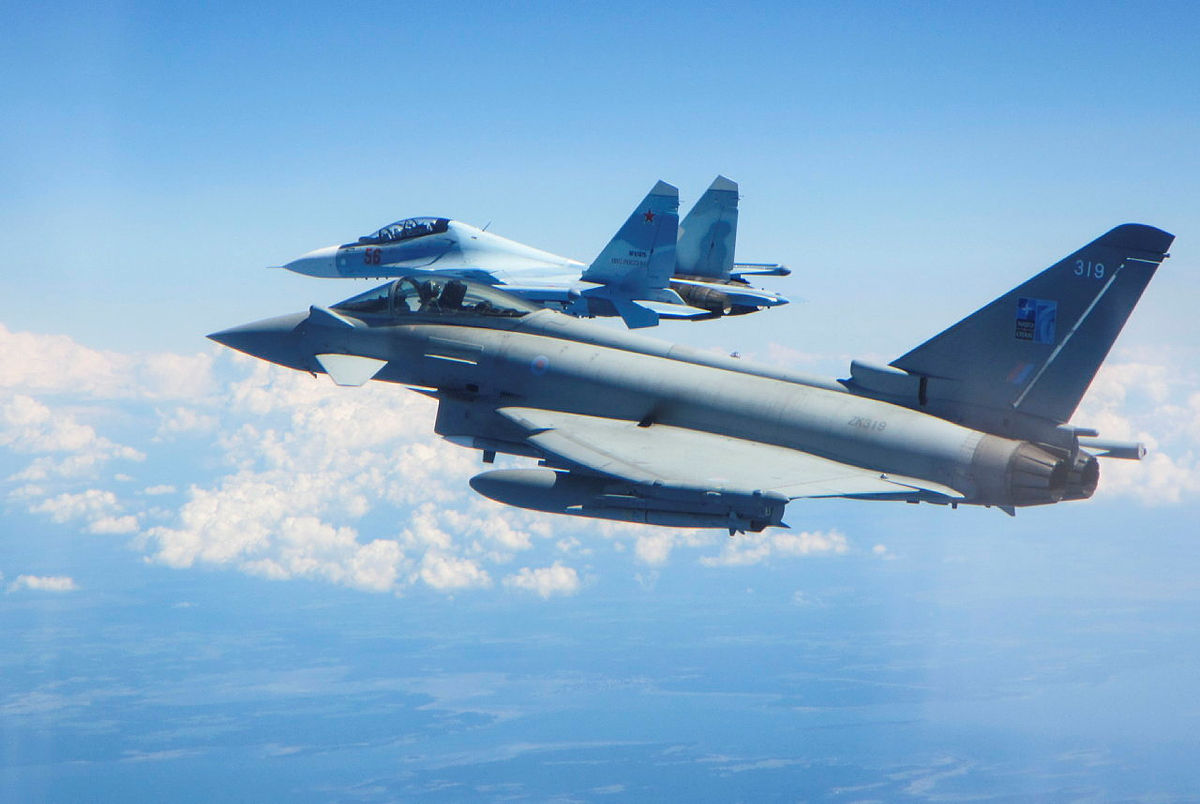
The same report suggests that British ministers have already discussed ways to provide security guarantees to Ukraine without the need for large numbers of troops on the ground. With that in mind, one proposal involves potentially “dozens” of U.K. Royal Air Force (RAF) Typhoons that would monitor Russian air activity and help protect a “smaller peacekeeping force of troops” from the United Kingdom and other European countries on the ground.
Previously, Ukraine’s President Volodymyr Zelensky has said that a future peacekeeping force might require as many as 110,000 foreign troops on the ground in the country, with perhaps three times that number in total to enable rotational deployments.
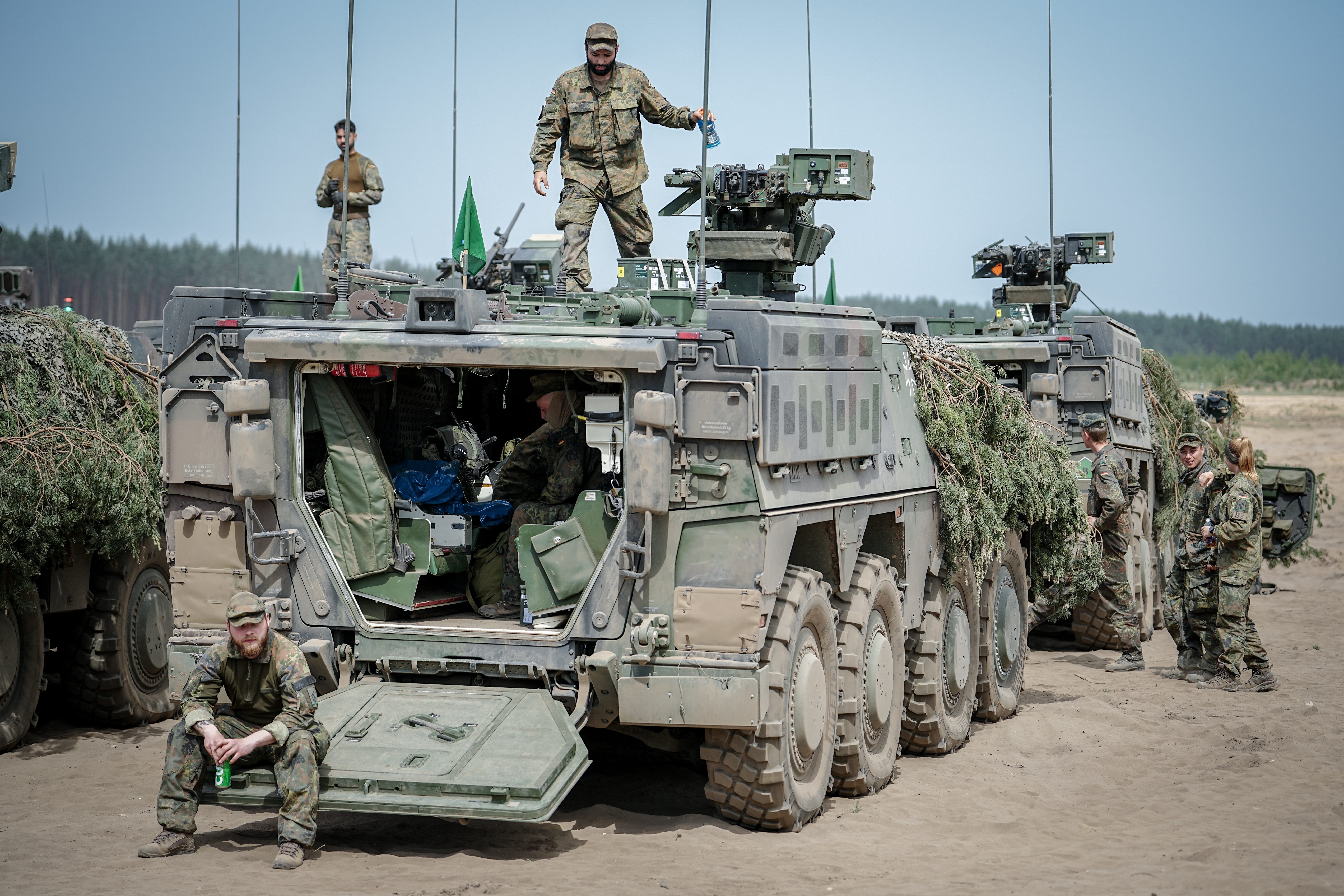
However, according to a report in The Washington Post, the European Union is considering a much lower figure, between 25,000 and 30,000 troops, which would be deployed for peacekeeping after a potential ceasefire agreement.
It now seems that a more powerful air policing contingent might be increasingly seen as a way of compensating for the smaller troop presence, which would otherwise be insufficient to monitor and patrol the extent of whatever Ukraine’s future land border with Russian-controlled territory will look like. Regardless of where the border will be redrawn and to what degree Ukraine gets parts of its sovereign territory back, this new border would become the line of control.
An unnamed RAF source told The Times of London that an air policing mission was more likely than a no-fly zone of the kind that would normally serve to sanitize airspace above an area that does not benefit from a line of control.
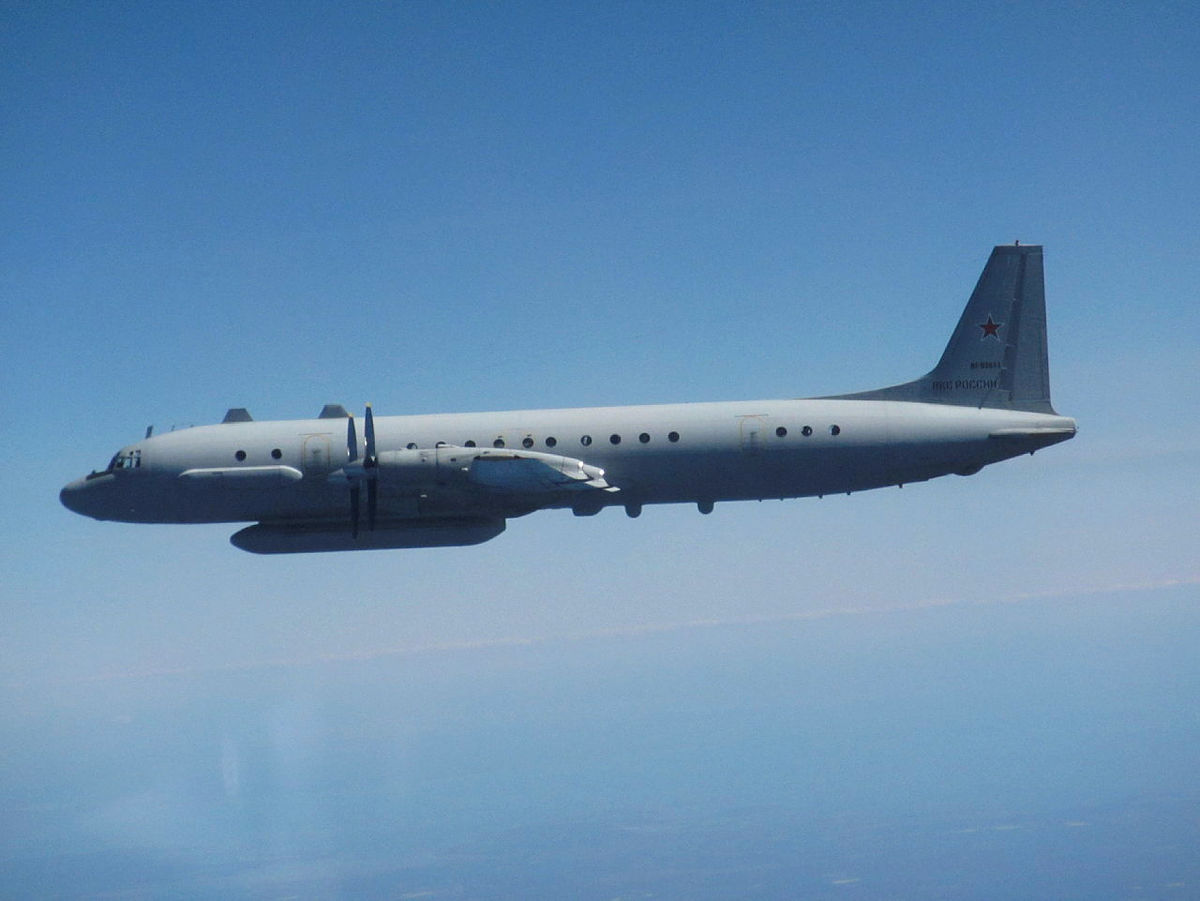
In contrast, an air policing mission is primarily a peacetime effort that provides surveillance as well as fighter aircraft that can rapidly respond to possible airspace violations and other contingencies. Of course, the nature of the response will then depend on a host of operational considerations, but it could extend to engaging that aircraft if it was determined to be undertaking a hostile action. All this would depend on the nature of the potential ceasefire agreement — at this point, we are still in the very early stages of such an agreement taking shape.
Already, however, there are reports that consideration has been given to basing air policing aircraft in Poland, while the same RAF source added: “We are prepared to do whatever we are told to do.”
TWZ spoke to Air Marshal (Ret’d.) Greg Bagwell, president of the Air and Space Power Association, one of the RAF’s most experienced former operational commanders, who oversaw combat operations in Iraq, Afghanistan, Libya, and Syria, as well as various peacekeeping missions worldwide.
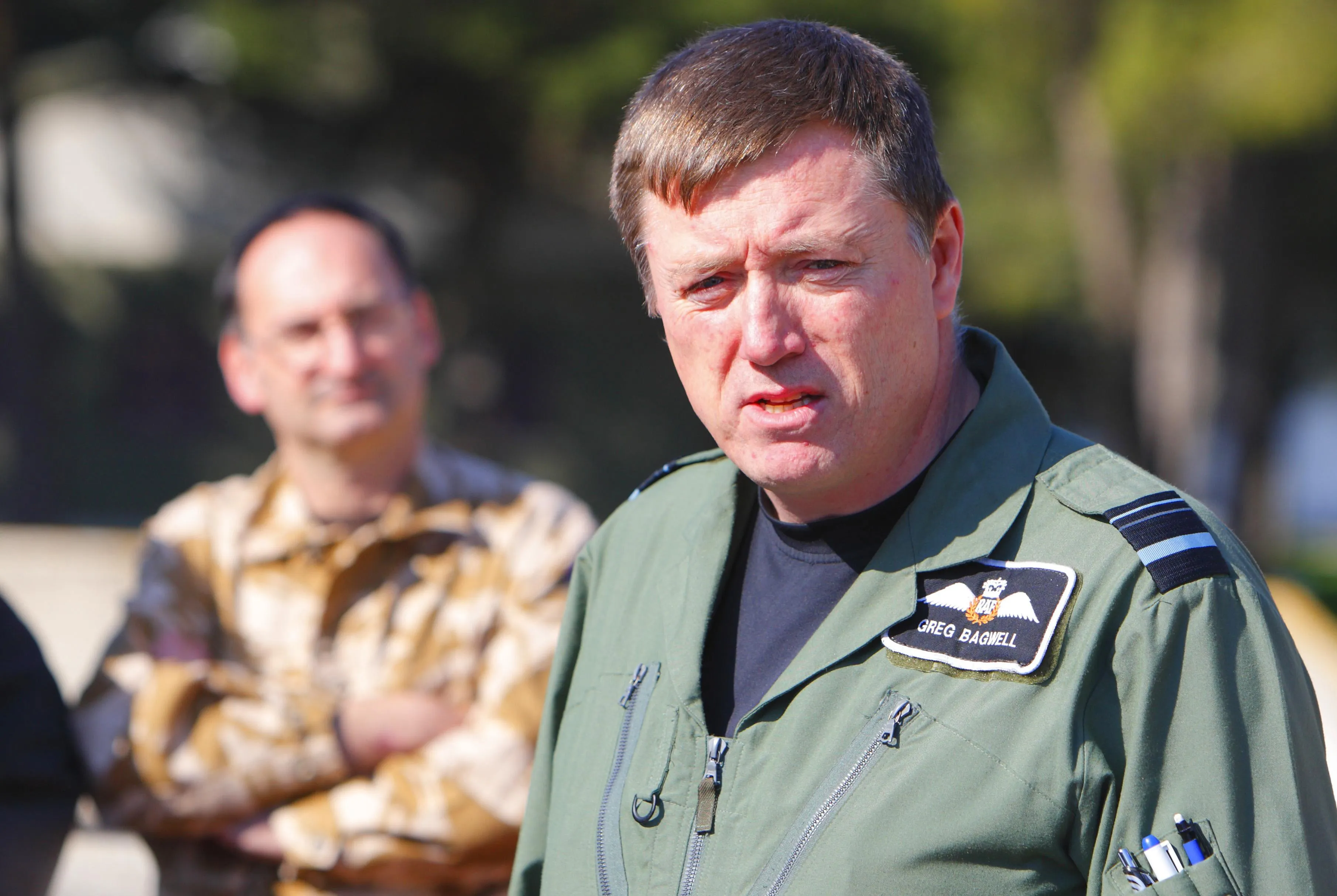
Bagwell notes that the U.K. military will almost certainly already be doing contingency planning for a potential peacekeeping mission. “I would be amazed if people in the Ministry of Defense, Permanent Joint Headquarters, and the likes weren’t at least thinking through some of the challenges and some of the things that you’d need to put in place as part of it. Some of that conversation may even leak into NATO, or European nations of a like mind — a coalition of the willing, if you like — so that they could think through what sort of assets would be needed and who might provide them.”
At this early stage, however, nothing will be formal and, as Bagwell observes, “Nobody’s asked the exact question, apart from just making offers, or just talking about it in principle.”
Obviously, any air policing mission for Ukraine, or whatever kind of peacekeeping force, first requires a peace to keep.
“If it is a peacekeeping mission, then it would need agreed rules, if you like, for what that peace was supposed to be, which would include boundaries and the rules of engagement to match,” Bagwell explains.
Bagwell also notes that the talk of European nations sending “troops” to Ukraine, or in support of Ukraine, post-ceasefire, could also refer to air forces (and navies) as well as ground troops. “It could be anybody from any service depending on the requirement … whatever it would take to maintain peace and you’re going to need to do that on land, sea, and air.”
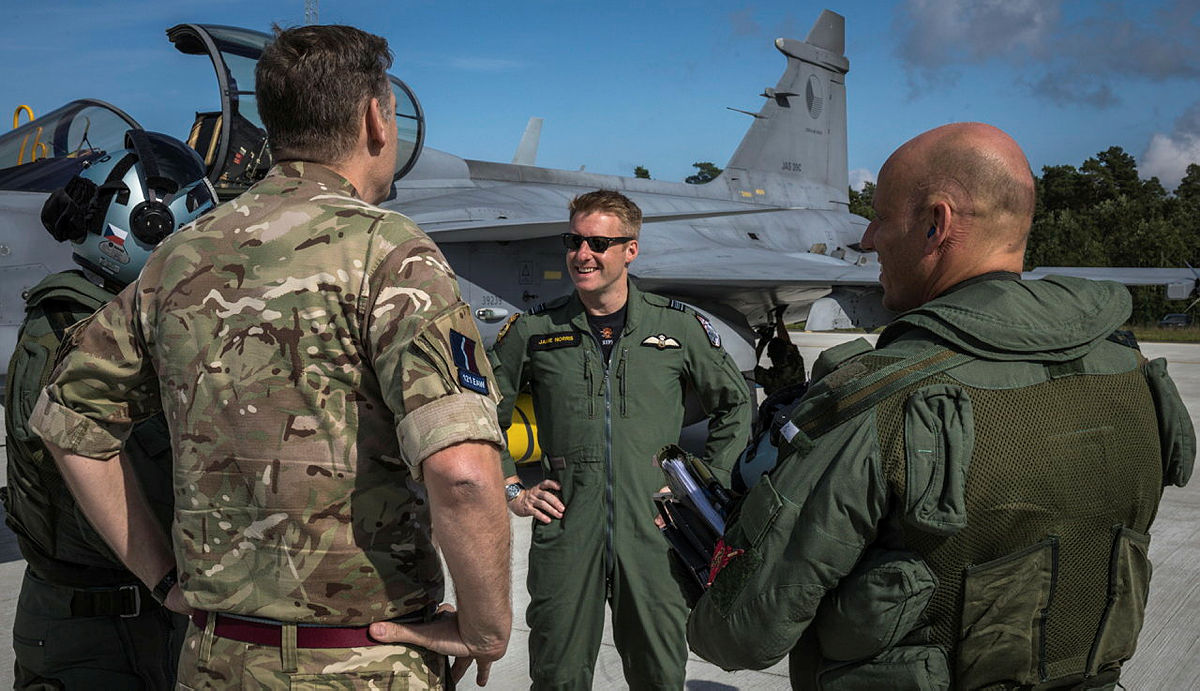
“Peacekeeping is often about keeping two sides apart. In this particular case, let’s be honest, we’re pretty much talking about keeping one side out. I would expect that policing to be done almost exclusively on the Ukrainian side of that line, and it would be both to keep an eye on any air activity and any potential encroachment, but it would also be used to keep an eye on anything going on the ground, both at the border and beyond.”
In such a scenario, the aircraft involved — be they RAF, other NATO, or from different friendly nations — would be used to patrol the line of control. Ultimately, their job would be to forbid Russian aircraft — but potentially also Ukrainian aircraft — from encroaching within a certain distance, whatever that distance may turn out to be.
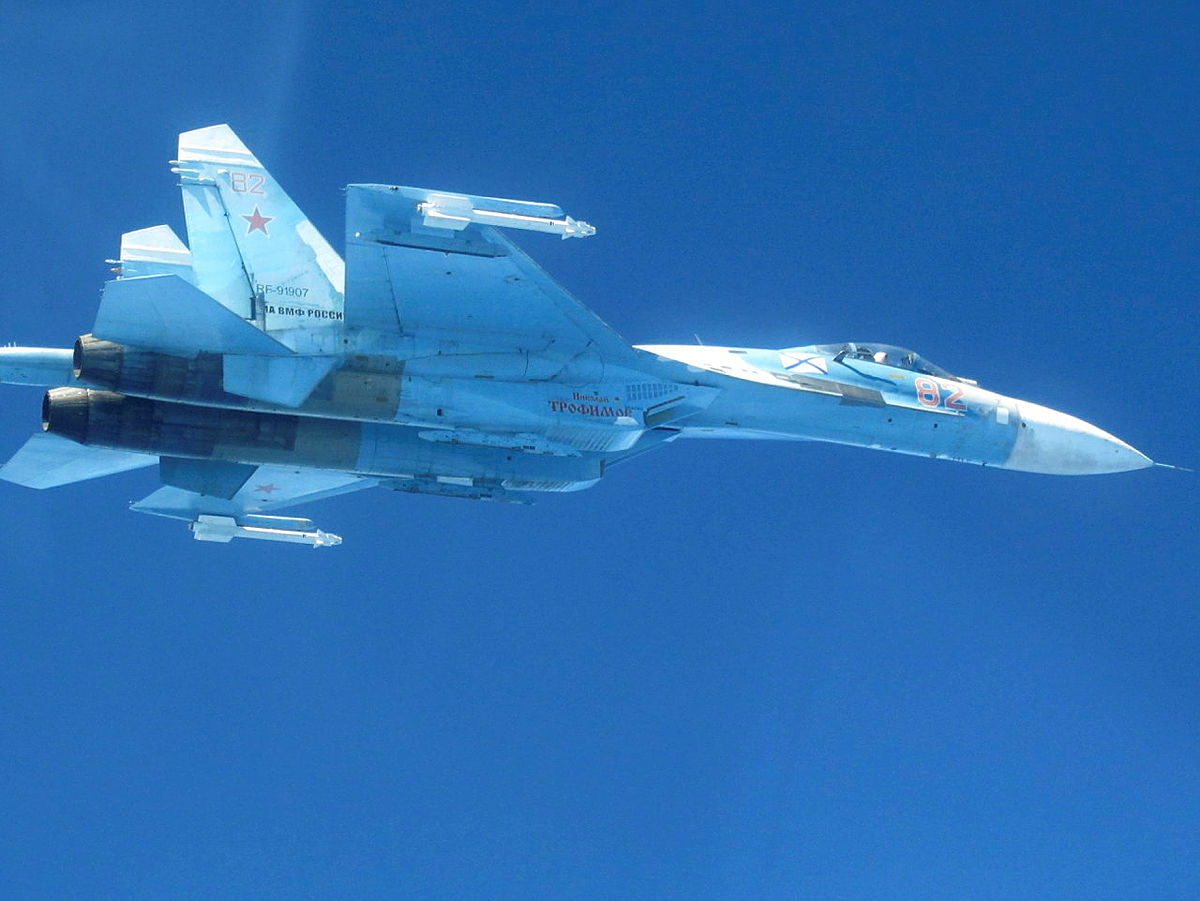
“The problem is, these days, with the long range of air-launched weapons, you need to keep airplanes quite a long way away to ensure that they’re not releasing weapons or potentially conducting an attack. So that buffer might become quite large.”
Even so, Bagwell considers that creating a buffer zone exclusively within Ukraine would be sufficient in this particular case.
As well as monitoring the airspace for aircraft encroaching beyond the line of control, the mission would almost certainly involve some monitoring of forces on the ground, too. This would then raise the question of how close Ukrainian and Russian ground forces would be allowed to get within that line. Whatever the rules, this is something that would probably be easiest to monitor from the air or space.
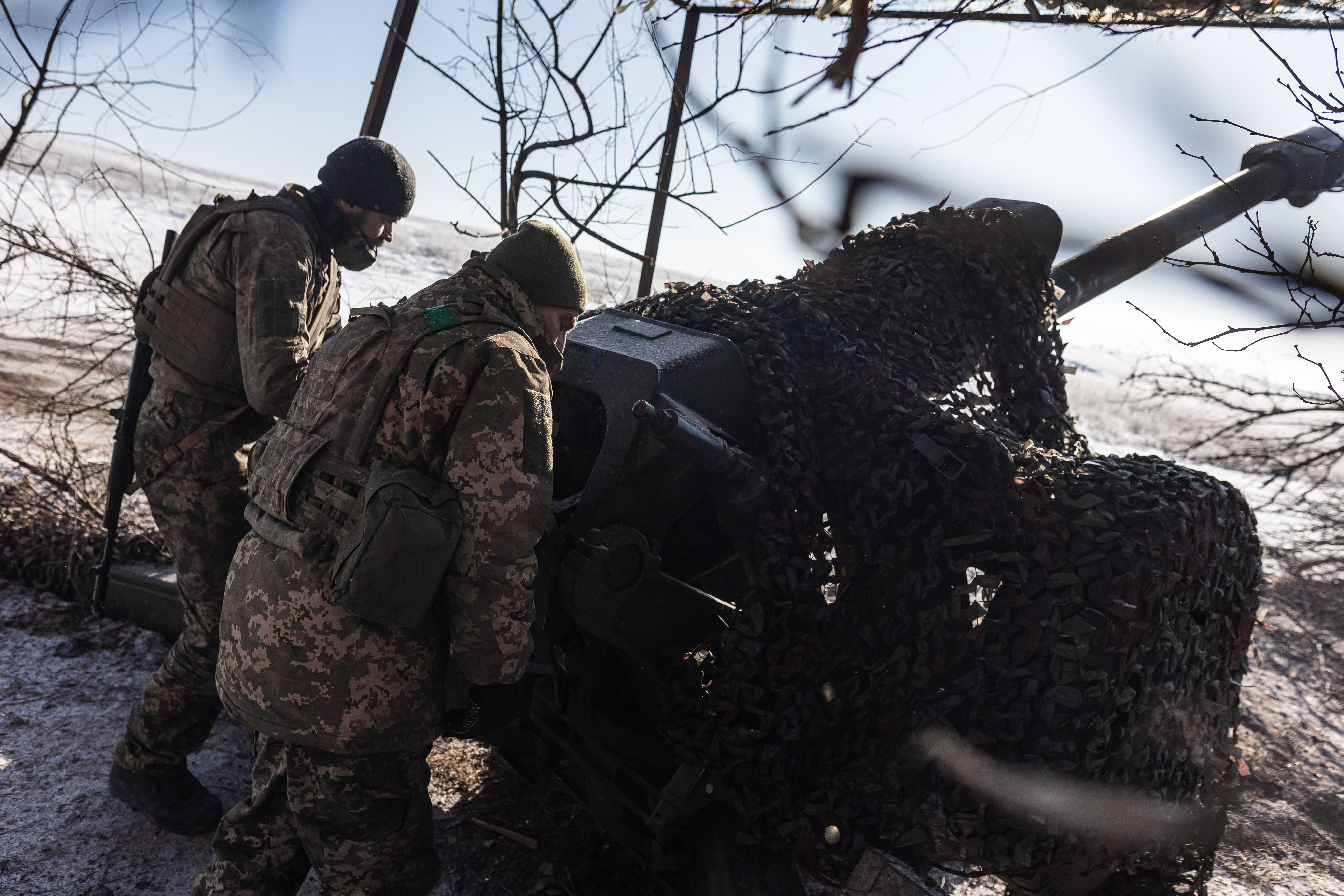
“To airmen, the problem won’t be that challenging,” Bagwell contends. “I mean, if it goes wrong, it will be challenging. But in terms of working out how to segregate the airspace, how to have the right sensors in the right places to detect what’s going on, and then to have the rules of engagement, and the right things in the right places to intercept or investigate or warn off. If it gets really sticky, those are well-worn procedures that you just have to apply and adapt to the specific circumstances.”
The fact that participants — very likely NATO members — would potentially be going head-to-head with Russian forces “obviously carries an additional degree of risk,” Bagwell notes, “but we’ve done that pretty recently in Syria. We’ve had Western coalition assets flying extremely close to Russian assets, and we’ve managed just about stay out of each other’s way. But it gets fruity at times.”
Footage of a Russian Su-35S Flanker that reportedly violated coalition airspace in Syria in April 2023, before being intercepted by U.S. Air Force fighters:

There are then logistical questions to address, although it already seems inconceivable that an air policing mission for Ukraine could be conducted by the RAF alone — at least if it were to be both fully capable and to endure over an extended period. Policing such a large area would involve an operation with a degree of magnitude bigger than anything that the RAF has attempted in recent history and would surely only be attempted as part of a broader coalition.
“The border itself is vast,” Bagwell says. “You’re talking about covering a very large piece of airspace. I think the real question is ‘How secure is the peace?’ If we’ve got to a situation where both sides have stood back from each other and are not literally staring at each other from a trench 100 yards away, if they are now miles apart, and things have returned to a relatively stable situation, then monitoring that more stable situation is something that can be done from a more measured perspective.”
In theory, Bagwell notes, such a situation could involve a ground alert scenario where, if it was known, for example, that an aircraft had got airborne and was heading west, a fighter could get airborne and head east to ensure that it didn’t encroach. In this way, it’s conceivable that the operation could get to a stage where it would require a relatively low posture in terms of numbers, but offer very fast response times.
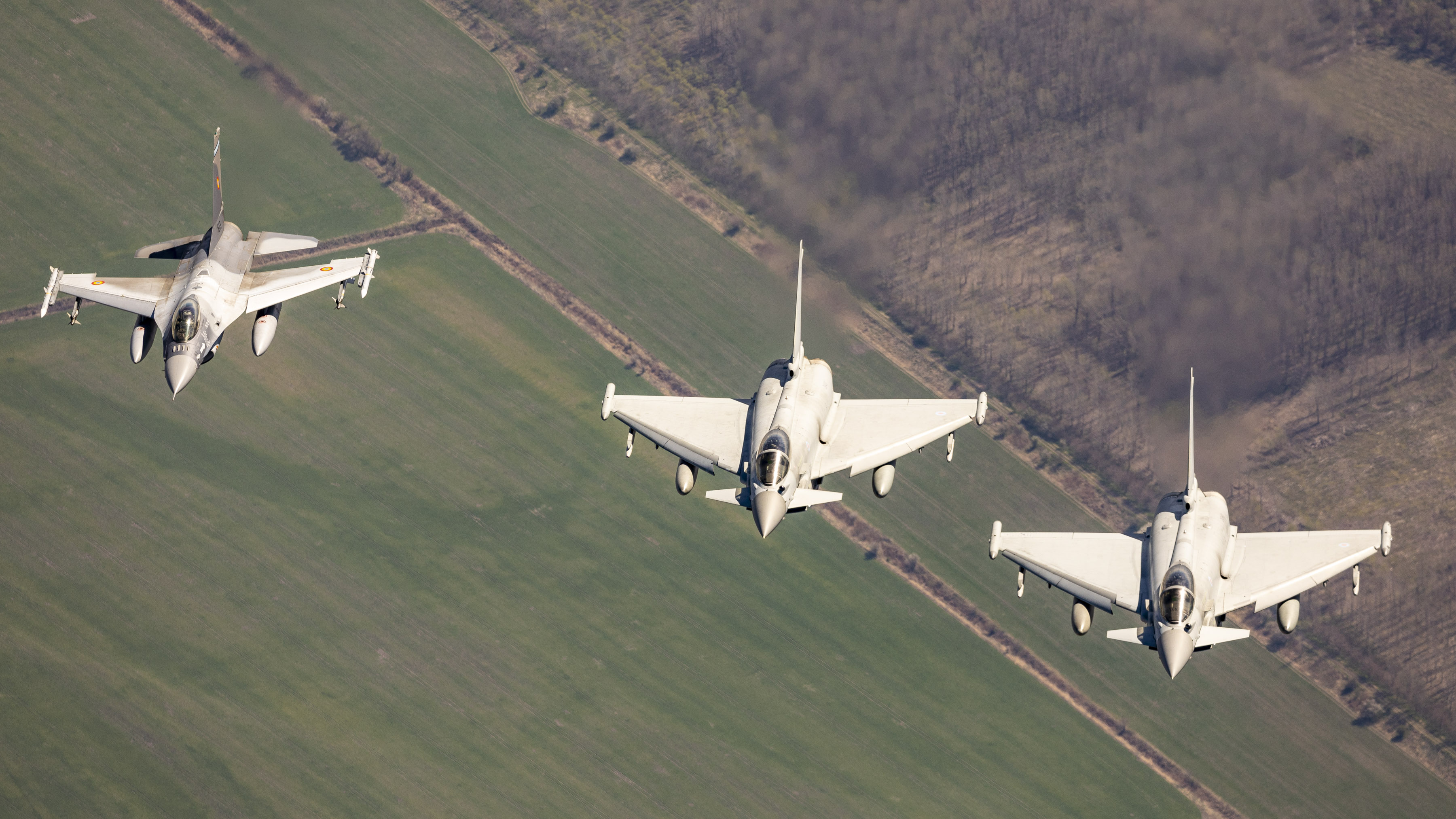
“That’s the beauty of air, of course — it can respond quickly,” Bagwell continues. “You could, in theory, control minor incursions or relatively small amounts of air activity.”
On the other hand, if the situation regarding Russia were to become more hostile, to the point where the air policing force was facing “a hornets’ nest, but only 50 miles away,” then the scenario would look altogether different, as Bagwell explains.
“You’re then effectively looking to deter; it goes beyond air policing and then really does become a sort of air deterrence mission, where you’re saying: ‘Don’t you dare cross here, because you’ll get something back at you’ — assuming you’ve got rules of engagement for that.”
However, even providing a ground-alert-type operation, in a relatively stable environment, would involve a lot of assets and expenditure. Furthermore, these assets would likely have to be in Ukraine, Bagwell contends, from where they would be able to fly three or four combat air patrols, between 100 and 200 miles apart, up and down the border, flying around the clock to maintain an air presence. This would be impossible for the RAF to achieve on its own, demanding a multinational rotational force.

Bagwell provides the example of putting just one combat air patrol up with two aircraft — which he says would be the bare minimum.
“Just to keep those two jets in that orbit for 24 hours takes almost a squadron’s worth of airplanes and crews to sustain it in the long term, because you’re putting two up every couple of hours … in a worst-case scenario, you could easily swallow up the entire Royal Air Force’s assets if they were doing it on their own, just to give you an idea of scale.”
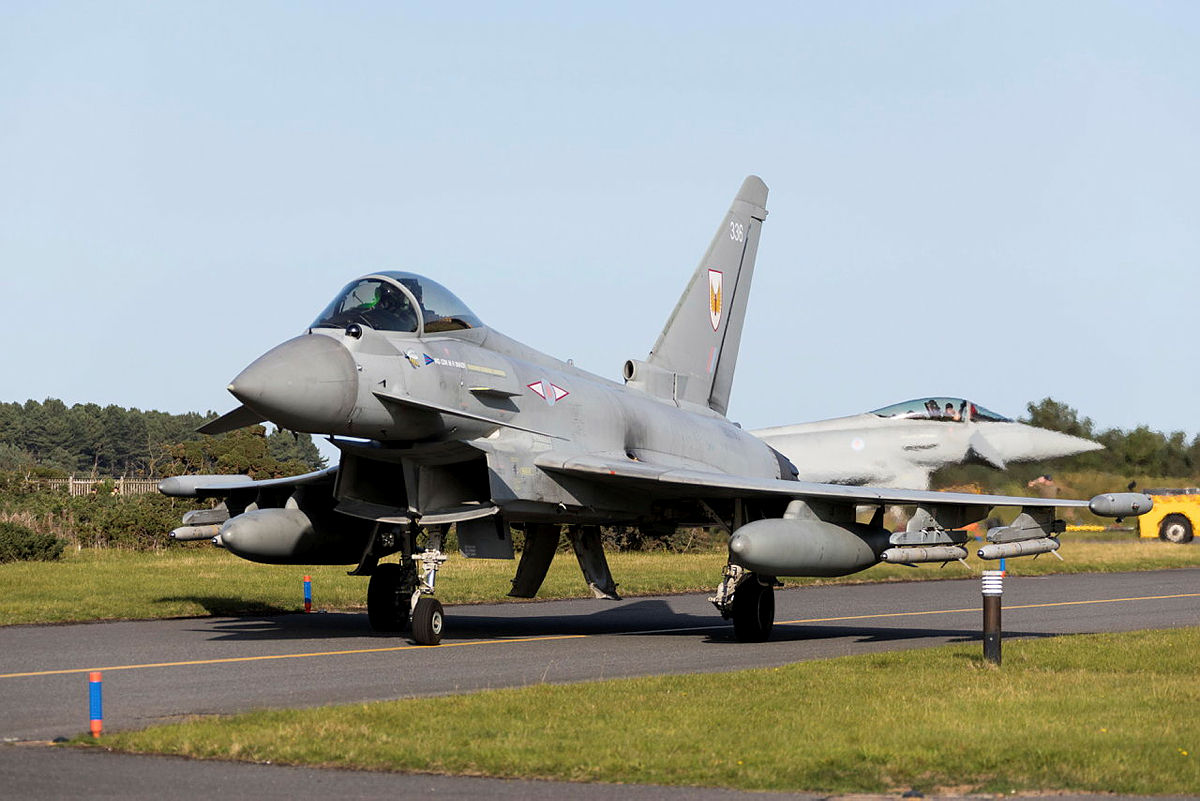
For the best-case scenario, Bagwell expects the operation “might be able to get away with one or two squadrons, one or two airborne radar airplanes, and a few tankers, but that would be thin, and if Russia tested it, it would be found wanting pretty quickly.”
Airborne early warning would be a critical asset for this kind of mission, giving the ability to see a lot further into Russian airspace, especially from a relatively high altitude, fairly close to the border. This would allow incoming aircraft to be detected very early on.
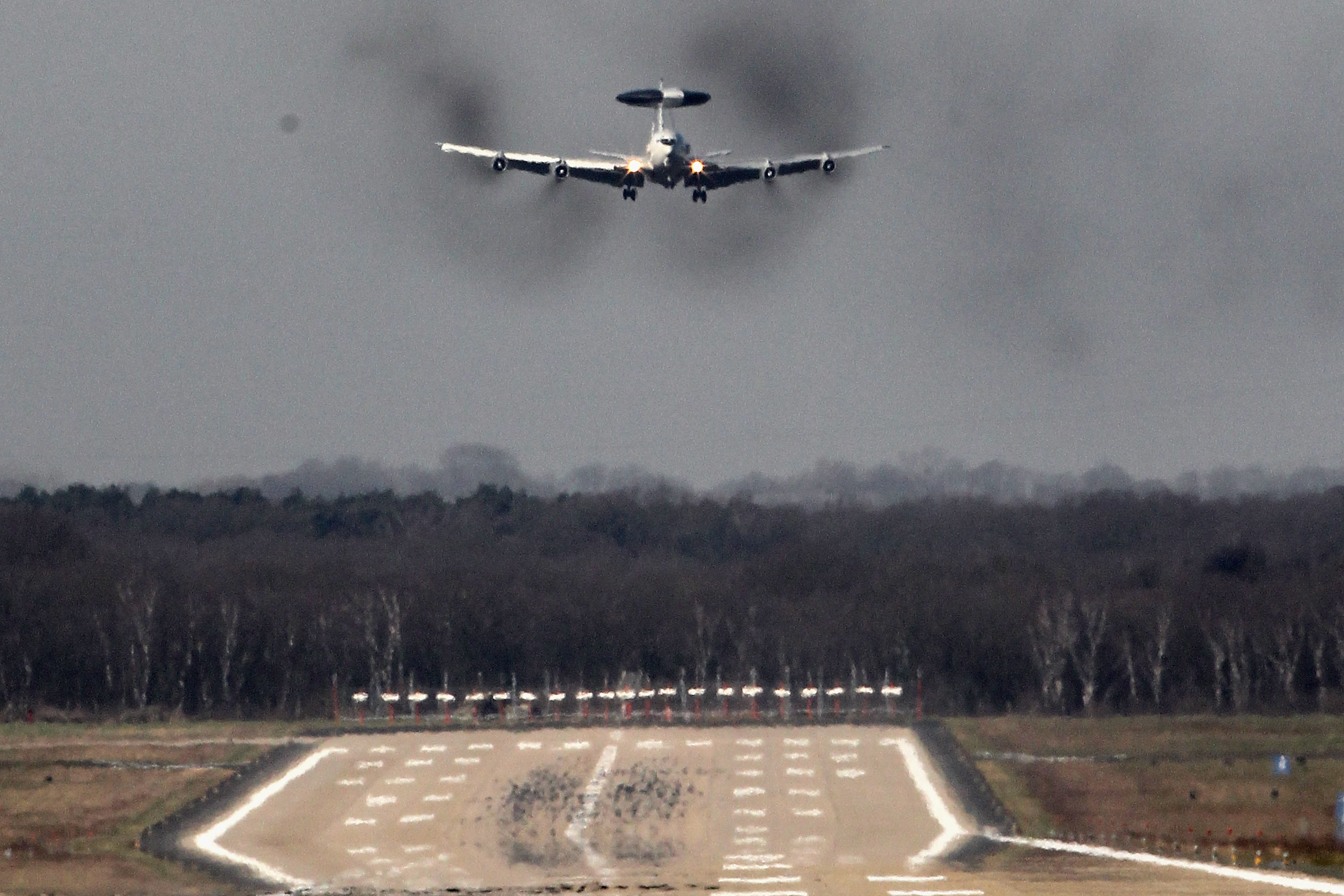
While Bagwell can envisage that a Ukraine air policing operation could be a relatively low-cost scenario, compared to a bigger deployment of peacekeeping ground troops, his instinct is that considering it might be unclear how it plays out, commanders “might want to err on the side of caution and put more in than they need.” For a larger-scale operation, the possibility exists to have assets flown from outside Ukraine, for example operating from bases in Poland or Romania and then flying into Ukraine on patrol, using air-to-air refueling. On the other hand, having other nations on the ground in Ukraine — including in the form of aircraft — could also have a deterrent value, forcing Russia to think twice about future incursions, because of the complications it would bring.
Ultimately, there would be an aspiration that Ukraine would be able to take on at least some of the burden of air policing duties, something that will now be easier since it’s receiving Western fighter aircraft — first the F-16, and more recently the Mirage 2000. These aircraft types are already more capable of being integrated into a Western-style air defense system, which would also give Ukraine the ability to plug into a broader network and make it more capable as a peacetime policing air force.
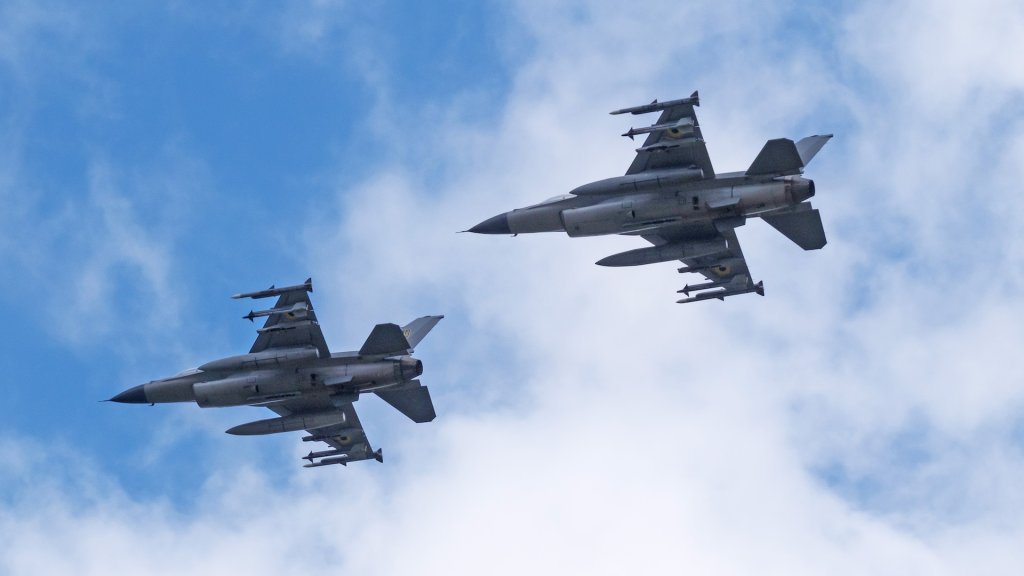
On the other hand, it remains to be seen just how quickly Ukraine can adjust and adapt to policing its own airspace, also based on the number of Western fighters it is receiving and the speed with which it can integrate these newer systems. Regardless, having the Ukrainian Air Force conduct these kinds of post-ceasefire operations would no longer be peacekeeping, but a continuation of two sides standing off against each other.
Once again, this brings us to the argument that politicians in Europe are now grappling with, which suggests that air policing needs to be done independently by a third party. Herein lies the problem of Russia’s reluctance to have a third party involved that is also a NATO member or operating under some kind of NATO jurisdiction.
Without a doubt, the situation is complicated. In Bagwell’s words, “this is probably as tricky as it gets,” based on the potential consequences of something going wrong. At the same time, it’s worth noting that NATO’s Article Five wouldn’t cover NATO assets operating in Ukraine, since it doesn’t extend outside the alliance’s boundary. This would be a factor if Russia engaged a NATO aircraft involved in a Ukraine air policing mission, although it’s doubtful that the alliance would simply let Russia trample over a Western presence in the country without any sort of response.
It’s here that U.S. involvement in any kind of air policing effort is perhaps most critical. If Europe’s NATO allies are to go it alone and set up some kind of air policing initiative, it will still be a relatively small stick compared to Russia’s military might. As such, it will surely benefit from America’s much bigger stick to back it up.
Contact the author: thomas@thewarzone.com
